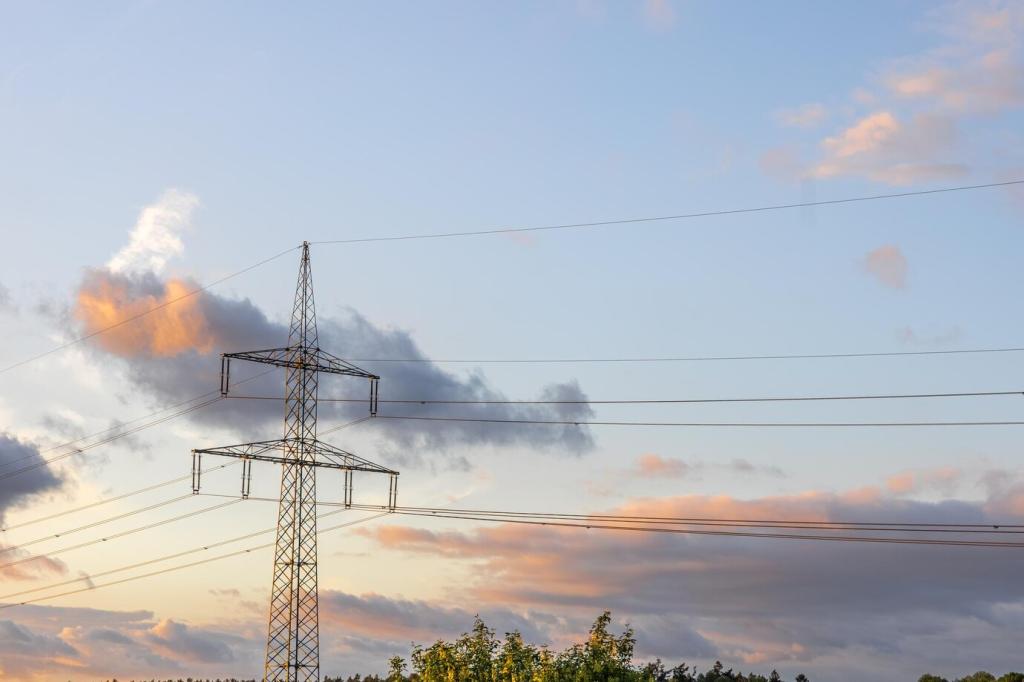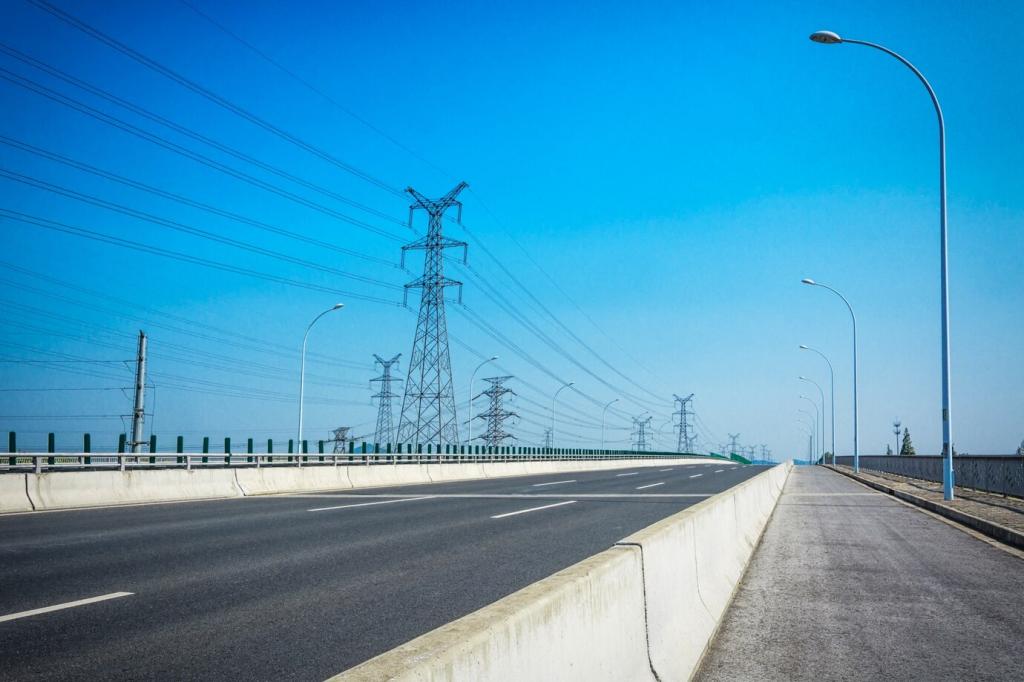The Evolving Policy Landscape
From energy market rules to transportation initiatives, national and regional frameworks establish the boundaries for utility programs, grid services, and charging networks. Knowing who sets requirements—and where discretion remains—is crucial for planning timelines, budgets, and compliance strategies that actually work.
The Evolving Policy Landscape
Public utility commissions approve tariffs and pilot designs, while cities control zoning, curbside access, and electrification goals. This layered governance can unlock creative programs—or cause conflicts. Engage early with both levels to align interconnection expectations, accessibility requirements, and community priorities before designs are finalized.






